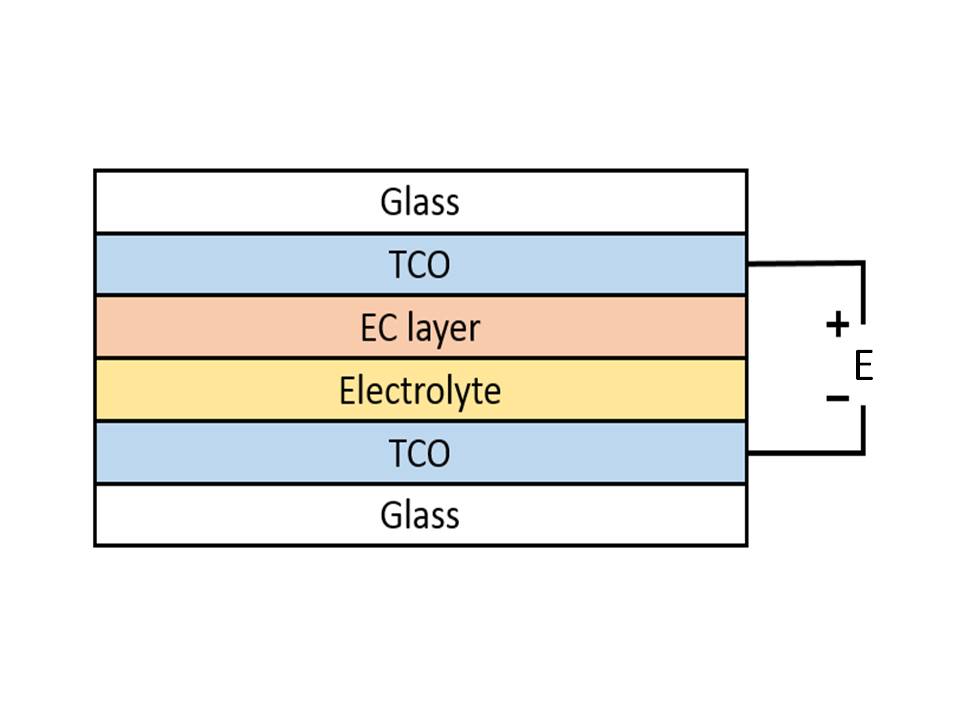WO3 for Electrochromic Smart Window Applications
Tungsten oxide (WO3), an n-type semiconductor, is an electrochromic (EC) material with great potential in applications such as smart windows of green buildings, controlled reflectance mirrors and automotive rear-mirrors. In particular, smart windows are one of the important energy saving applications where the amount of sunlight passing through a particular window can be controlled. In general, WO3 has a cubic structure where it is based on corner and edge sharing with neighbouring atoms.
A variety of methods have been adopted for the fabrication of WO3 films. Some of these techniques include magnetron sputtering, spray pyrolysis and sol-gel method. Each fabrication techniques are capable of preparing quality WO3 films depending on the fabrication conditions. Among the various techniques used for the deposition of WO3 films, the sol-gel route is more commonly used method due to the low-costing approach and simplicity of the method itself.
WO3 film is promising in EC devices (ECDs) such as EC window where the window switches from bleached to coloured state due to application of small voltage. EC window is typically composed of transparent conducting oxide (TCO) coated glasses, EC layer and electrolyte layer. The TCO layers act as electrodes, EC layer is responsible for the colouring and bleaching of the ECD and electrolyte layer facilitates the movement of electrons as well as ions. When a small voltage is applied at the electrodes, the cations and electrons will be injected into the EC layer. Subsequently, the EC layer changes from transparent to dark blue.

WO3 is a viable candidate as EC layer since it offers advantages such as high colouration efficiency, high reversibility and high optical modulation, which are highly desirable for the application in EC windows. In particular, the thickness plays an important role in the performance of the smart windows. It is expected that WO3 should be around 400 nm in ECD applications as EC layers due to poor quality in excessively thin WO3 films and low optical transmittance in excessively thick WO3 films. Therefore, there is a need for more studies in order to optimize the WO3 films and thus EC windows for a greener and energy saving environment.

Kah-Yoong Chan obtained his Ph.D. in Electrical Engineering from Jacobs University Bremen in Germany in year 2008. He is a Professional Engineer with Practising Certificate (PEPC) with BEM, a senior member with IEEE, and a corporate member with IEM. Ir. Dr. Chan research areas are in the micro and nanoelectronic device fabrications and characterizations. Currently, he is an Associate Professor with Faculty of Engineering in Multimedia University, and serving as a chaiperson for a Research Center under Faculty of Engineering of MMU – Centre for Advanced Devices and Systems (CADS).

